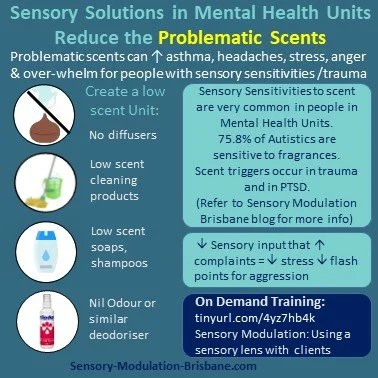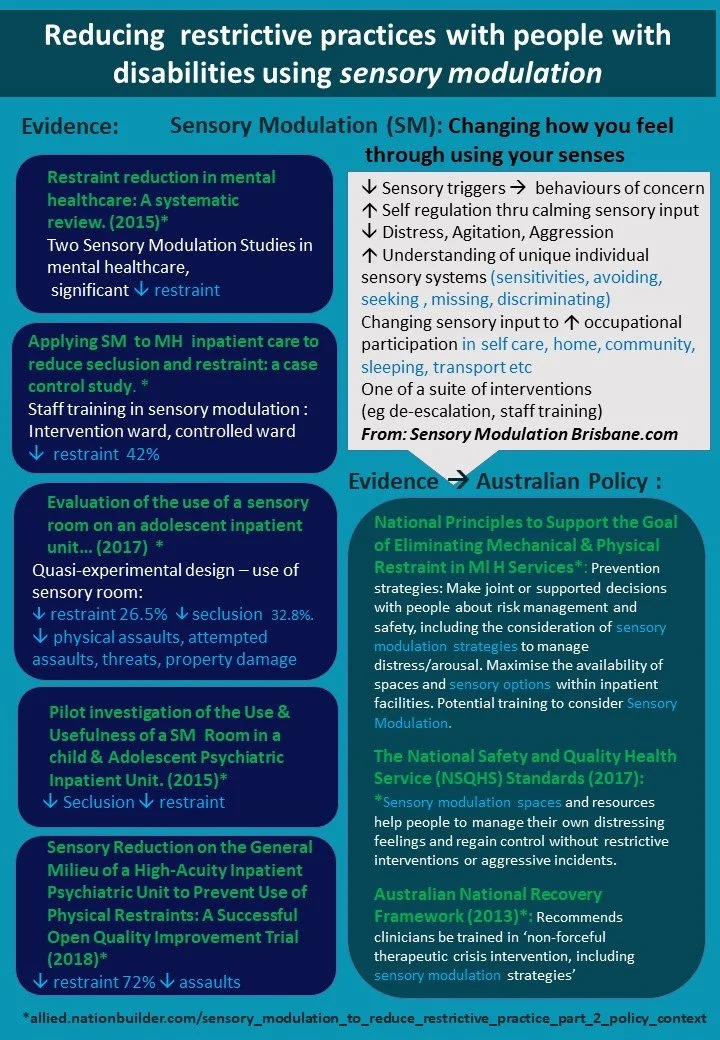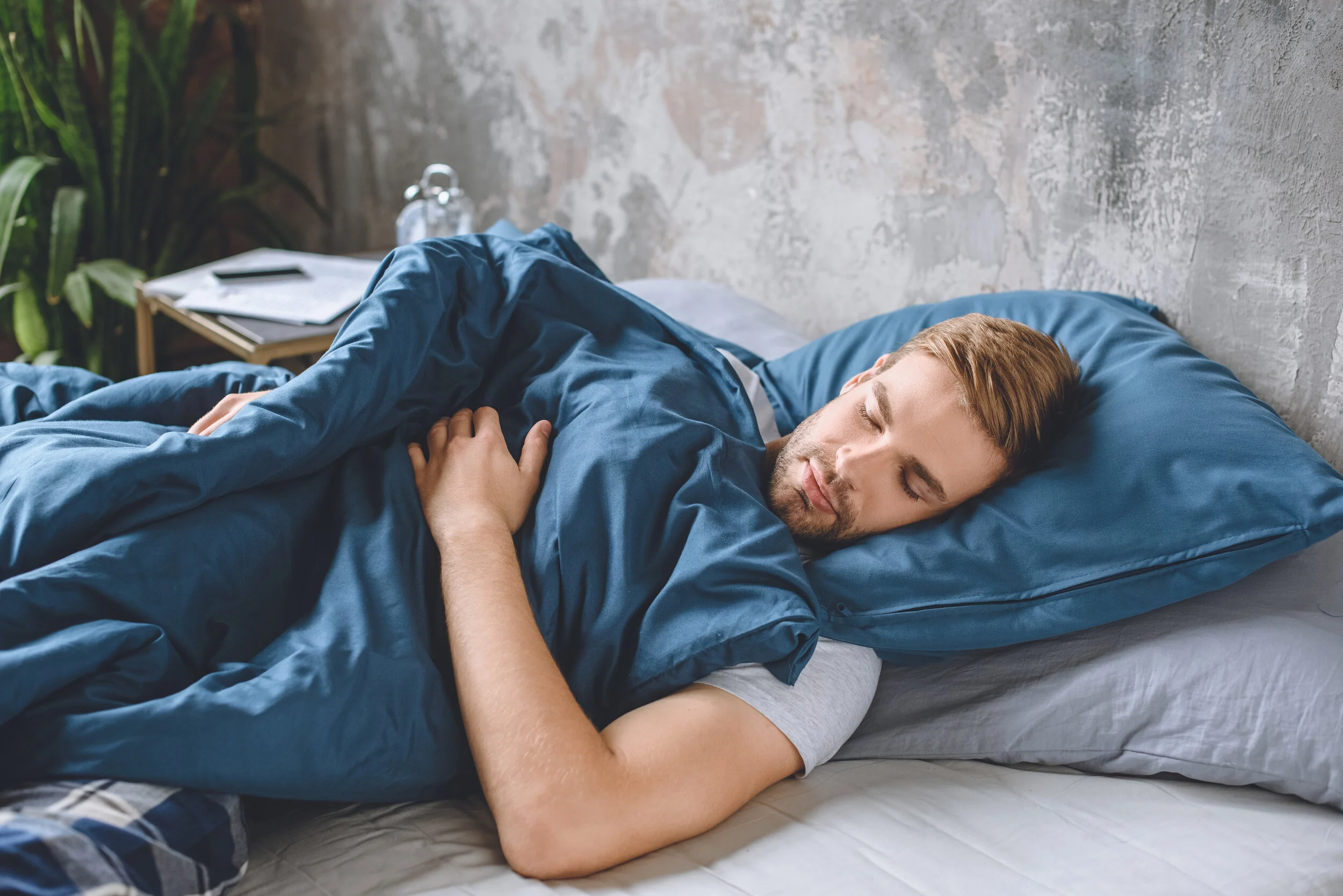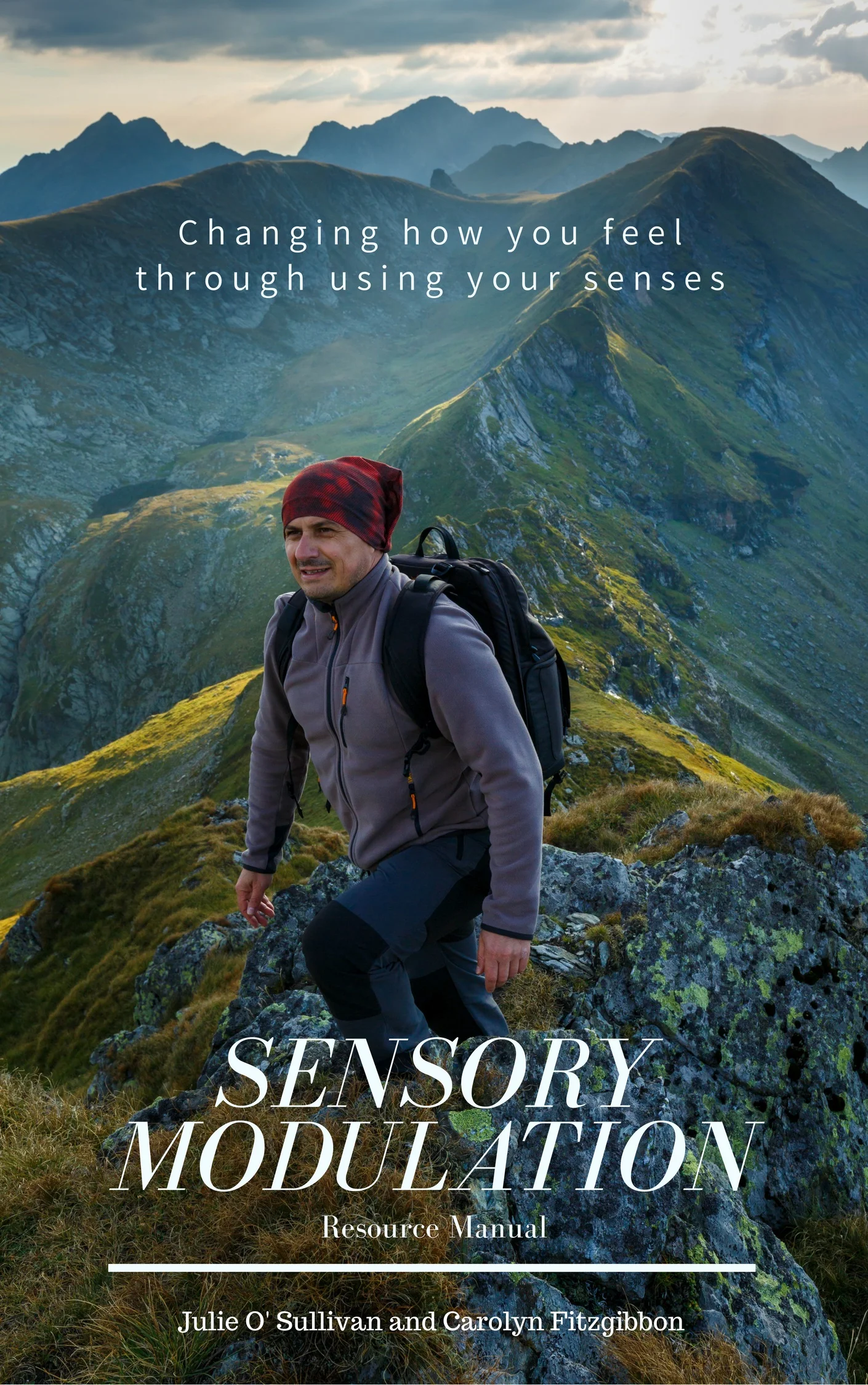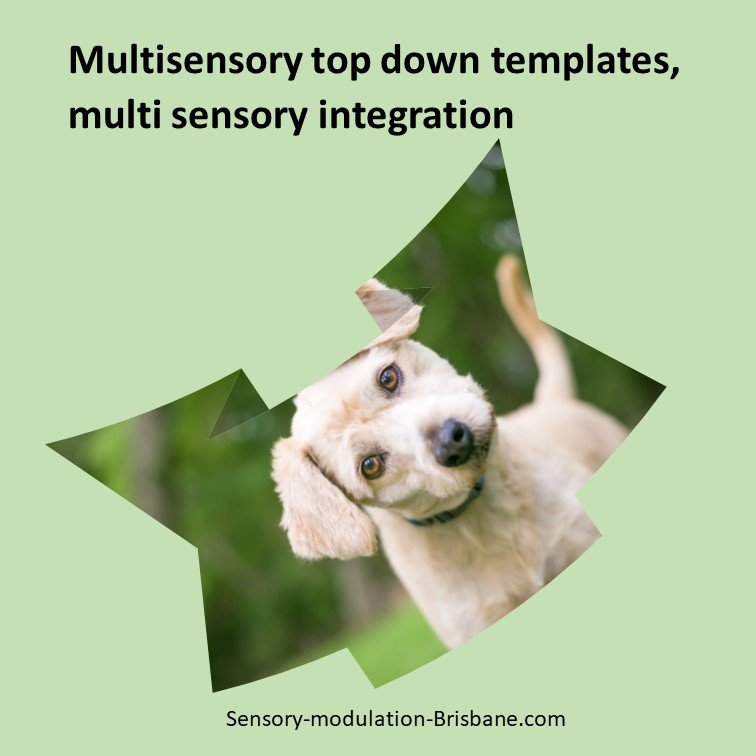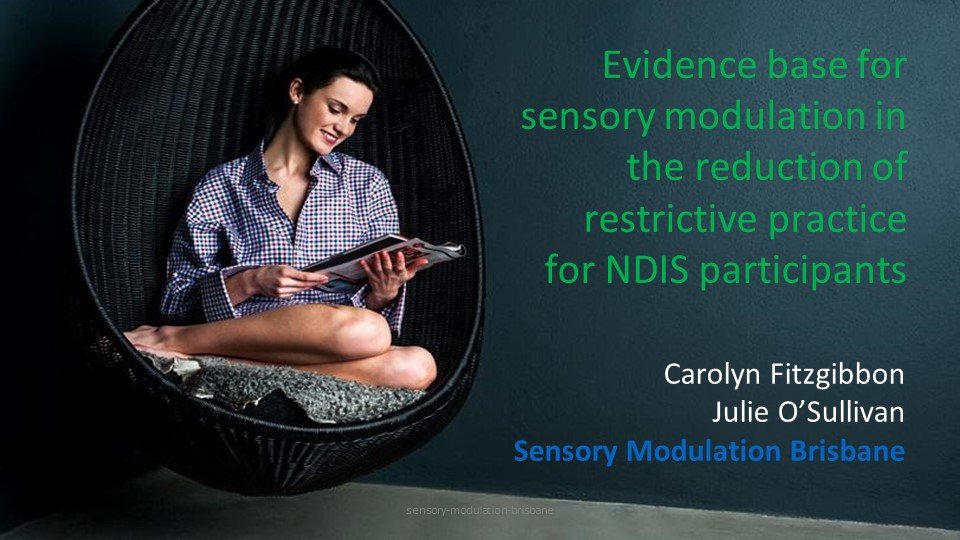Scent research in Autism
An older article from 2015 on scent and sniffing pleasant and unpleasant odors, noted that Autistics sniffed at pleasant and unpleasant odors with the same intensity whereas neurotypicals sniffed more intensely with pleasant odors and less intensely with unpleasant odors.
We wonder if the more intense sniff is increasing the intensity of the scent and thus contributing to increased sensory overwhelm to scent?
We would love to see some research into whether this could be developed into an easy intervention. We searched articles this week and could not find interventions but please let us know if there are some.
We would propose an intervention where Autistic children could learn to visually identify potentially unpleasant scents (this would need to be individually tailored) and also learn to control the intensity of their sniff to decrease the overwhelm. This could focus on scents that are more commonplace in everyday environments (schools, shops) and where the scent is impacting on occupations.
https://www.cell.com/current-biology/fulltext/S0960-9822(15)00651-X?_returnURL=https%3A%2F%2Flinkinghub.elsevier.com%2Fretrieve%2Fpii%2FS096098221500651X%3Fshowall%3Dtrue
It has been difficult to research the olfactory (scent) sense in Autism, partly due to the difficulties with accuracy of measurement. A new precise and easy to use system has been developed – the odor pulse ejection system. It is described in this article:
https://www.frontiersin.org/articles/10.3389/fnhum.2020.523456/full
This system was designed to more accurately measure olfactory processing including odor detection, identification and evaluation. Findings of the study using the odor pulse ejection system suggest differences in aspects of olfactory processing for autistics, including olfactory working memory and/or attention.
Xu, M., Minagawa, Y., Kumazaki, H., Okada, K., & Naoi, N. (2020). Prefrontal Responses to Odors in Individuals With Autism Spectrum Disorders: Functional NIRS Measurement Combined With a Fragrance Pulse Ejection System. Frontiers in Human Neuroscience, 14. https://doi.org/10.3389/fnhum.2020.523456
Read more

